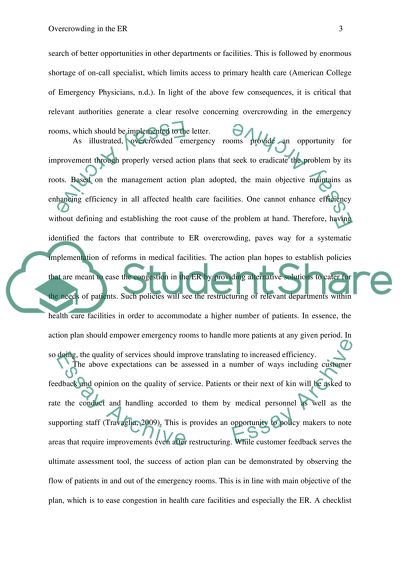Cite this document
(“Emergency Room Overcrowding Essay Example | Topics and Well Written Essays - 1750 words”, n.d.)
Retrieved from https://studentshare.org/health-sciences-medicine/1483117-emergency-room-overcrowding
Retrieved from https://studentshare.org/health-sciences-medicine/1483117-emergency-room-overcrowding
(Emergency Room Overcrowding Essay Example | Topics and Well Written Essays - 1750 Words)
https://studentshare.org/health-sciences-medicine/1483117-emergency-room-overcrowding.
https://studentshare.org/health-sciences-medicine/1483117-emergency-room-overcrowding.
“Emergency Room Overcrowding Essay Example | Topics and Well Written Essays - 1750 Words”, n.d. https://studentshare.org/health-sciences-medicine/1483117-emergency-room-overcrowding.


